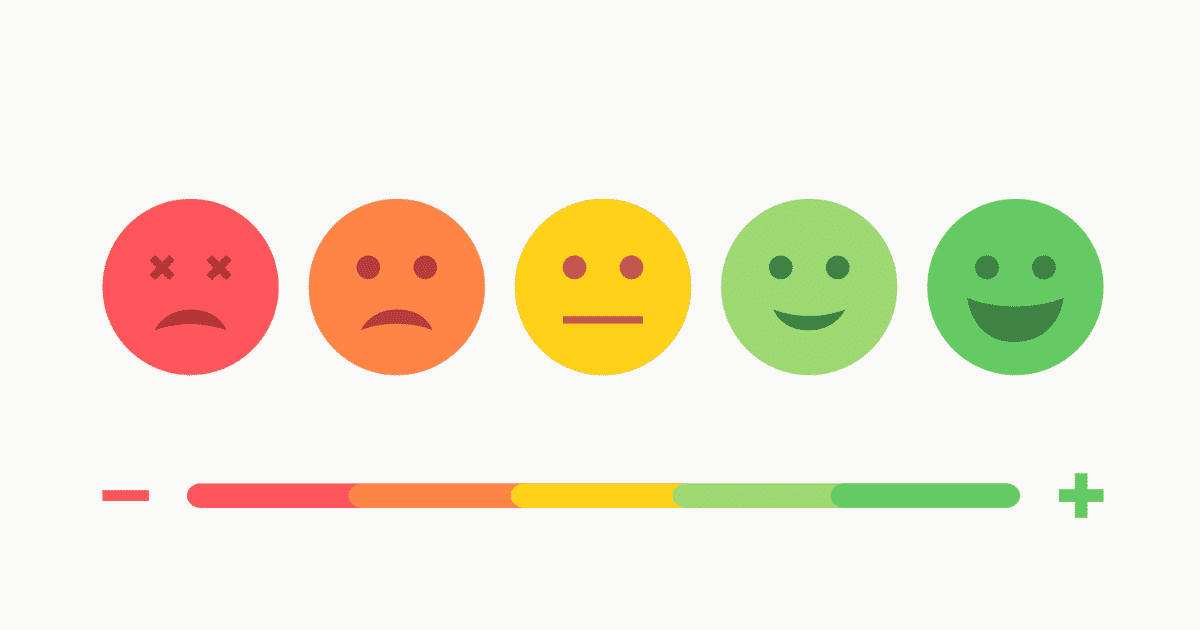In the last decade, there have been significant changes to how researchers define “customer satisfaction,” as well as how they use this metric.
Also known as CSAT, customer satisfaction measurement has evolved over time, largely spurred on by technology. It has moved from point-in-time to real-time, from anonymous to linked, and from brick-and-mortar to multi-channel. Throughout these changes, the basics behind a customer satisfaction program have remained essential—gather data to help a client turn opinions into actionable learnings and insight.
At Logit, we collect data in different ways, depending on the client’s customer database or research requirements. We offer the capabilities to execute different methodologies to reach different customer audiences, including phone interviews, online surveys, onsite interviews, and mail surveys.
When considering customer satisfaction surveys, you first have to think about the customer journey and put yourselves in their shoes. For example, how would you like to receive a survey? When would you like to complete a survey?

The telephone interview has always been an in-demand service from clients who have contact lists. Nevertheless, we see declining participation rates. Fewer people want to take part in comparison to a number of years ago.
On the other hand, online surveys are rapidly gaining momentum. Depending on the survey length, this methodology can be relatively quick and error-free for the client and the participants. It’s similar when thinking about onsite interviews—we always recommend the survey length be no longer than five minutes. These types of interviews are great for clients who may not have a customer list, or for clients who want to understand the opinions of consumers who may not actually purchase a product from the store.
Depending on your data collection instrument (i.e. phone or on-site), it is always important to think carefully about the identity of the client and the values of the brand. At Logit Group, we ensure all interviewers are trained to represent the brand well.
Making it work
Once you have decided on your methodology, you still need to ensure that it is actionable for your customer satisfaction program.
Connect the dots
Consumer responses and their data must be connected to the specific transaction, if one was made. This means each function of the business can receive specific feedback.
Ask yourself: Are you being clear?
When I look at reports, I always think: “Is this data actionable, and is it written in language that easily understood?”
Data and reporting should be clear and simple to understand. Many clients actually provide real-time shared customer experience information to their internal staff because experiences can change from day to day, month to month, or season to season.
Pause for reflection
A customer satisfaction program should not be left alone for years but reviewed every six to 12 months to ensure it is generating ROI and actionability across the entire organization. You need to ask your internal stakeholders what they think of the tools and the dashboards offered. Their feedback allows you to make effective changes to your approach, making certain it is always relevant to the current state of business.
Things to think about…
Almost all organizations have a customer satisfaction program. From my experience, no two are the same and the ideal approach will be unique to each company and its stakeholders, both internal and external.
Once the CSAT program is in place, the data is used to help evolve your products or services, you still need to ensure your customers understand what is being changed and why. Again: Never forget the customer journey. They are taking time out of their day to help you, so if you have altered something because of their feedback, then you need to make sure you not only tell them what actions have taken place because of their opinions and close the loop, but also thank them for their participation and feedback.
About Oscar

Oscar Fernandes serves as the VP of Sales & Client Services at Logit. For over 25 years he has helped his clients execute successful CSAT programs, both online and over the phone.





